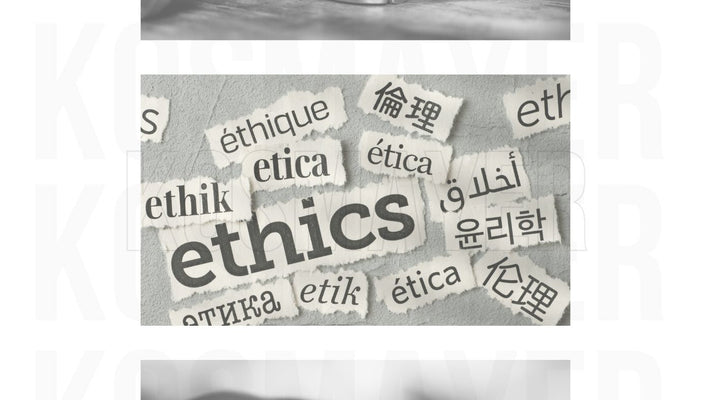Apr 15, 2020
What You Need to Know About PPI and DPI
If you're wondering whether PPI and DPI are the same in photography, this is the right place to learn more. In this piece, you will realize the two are not interchangeable, nor do they mean the same thing. I explained the terminologies and tried to explore different aspects of each.
Introduction to PPI and DPI
You need to know the significant difference between DPI (Dots-per-Inch) and PPI (Pixels-per-Inch). Nevertheless, the two continue to confuse and are sometimes used interchangeably. To get everything right, PPI refers to digital image resolution, especially how you view it on a screen. On the other hand, DPI refers explicitly to how an image(s) are printed. This seems simple, but it is unfortunate that many photographs continue to use the words interchangeably while discussing various concepts.
PPI Explained
As stated, PPI is used for screen resolution and is relatively easy to understand. A pixel is a tiny, square-shaped, block-of-color. Remember, this can be a photograph or just any type of graphic. These are usually composed of thousands upon thousands of these tiny pixels. Therefore, PPI is about the total number of pixels per inch in any digital image. You need to know the number of PPI in your image, which will affect the print size and the output quality. If a digital image contains many pixels per inch, then the picture is more detailed and crisper. In a nutshell, high "resolution" means a clear image.
The Relation between PPI and Print Size
People often think that just because an image looks good on screen, it will retain its beauty when printed. This is only sometimes the case. When printing images, it's important to maintain the highest possible resolution, measured in PPI. The key to printing high-quality images is to determine the appropriate resolution to maintain fine details in your print. In other words, quality is dictated by the number of pixels and the maximum size you can print without affecting clarity. It's for this reason that many professionals recommend a 300PPI, but in my own printing process, I save my images to 360 PPI which is the native resolution of my printer -the Epson P9570.
Example as used in Fine Art Photography
If you have a 3.2-megapixel image saved at accepted 300PPI, it measures 2,048 horizontal pixels, while the vertical pixels stand at 1,536 (2,048 x 1,563 = 3.2 MP). You can easily find the maximum print size at professional 300PPI by dividing each dimension by what the experts recommend. In this case, you must divide the 2,048 by 300, which gives you 6.8, while 1,563 by 300 will provide you with 5.2. Therefore, the maximum print size of your image should be 6.8-inch horizontal and 5.2-inch vertical. If you go beyond these dimensions, the quality will be poor. Following professional guidelines is crucial to achieving photorealistic quality in Fine Art Photography Prints.
Fine Art Photography-What about DPI (Dots-Per-Inch)
Dots per inch (DPI) refers to the amount of ink dots printed per inch of paper, determining the resolution and quality of an image. When transferring photographic images onto paper, traditional printing methods have always used patterns of dots. In other words, every single pixel in any digital image is considered, and when printed, different colored dots are used for clarity and overall quality. These particular dots are usually made using various colored inks found in the printer, including yellow, magenta, black, and cyan. However, some photo printers will have more than four colors. In all cases, printers will combine these colors to create specific colors of the images. If you use a magnifying glass, then you can see the dots.
Important note about PPI and DPI
It is essential to know that the pixels are usually converted to dots when any digital image is printed. As stated before, pixels are close to one another, and there is no space between them. On the other hand, dots vary as they have space. For this reason, DPI is much lower than PPI. To get DPI, you need to divide PPI by 2. Therefore, as a rough estimate, 300PPI becomes 150DPI, and this becomes the standard for printing quality images.
As a reminder, PPI is the total number of square pixels per inch of a digital image in stock photography, while DPI is dots per inch of a printed image.












